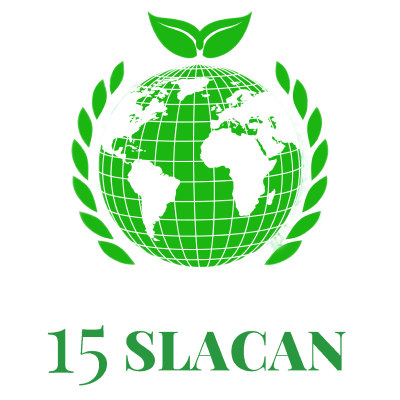Anais do 15° SLACAN - Simpósio Latino Americano de Ciência de Alimentos e Nutrição
BRAZILIAN EUGENIAS AS PROMISING SOURCES OF BIOACTIVE COMPOUNDS: CHEMICAL CHARACTERIZATION AND ANTIOXIDANT ACTIVITY
Como citar esse trabalho?
Para citar este trabalho use um dos padrões abaixo:
Como citar esse trabalho?
Eugenia genus, belonging to the Myrtaceae family, contains Brazilian native fruit species with fruits rich in bioactive compounds. This study aimed to chemically characterize Eugenia calycina (EC) and Eugenia punicifolia Kunth DC. (EP) and investigate their antioxidant activity. The fruits (peel + pulp) were characterized for moisture, ash, and protein content using the methods established by AACCI (2010); lipids were determined using the Bligh and Dyer method (1959); carbohydrates by difference, and the total energy value was calculated using the equation of Merril and Watt (1973). Analyses of anthocyanins (differential pH), total phenols (Folin Ciocalteau), and antioxidant activity (ORAC, FRAP, and ABTS) were performed on extract obtained from the mixture of each fruit with ethanol: water solution (60:40 v/v; 0.5% acetic acid) at a solid-liquid ratio (S/L) of 1:5 using an ultrasonic bath (30 °C/30 min). Carotenoids were extracted with acetone (S/L ratio of 1:5) in an ultrasonic bath (30 °C/15 min), and quantified spectrophotometrically at 450nm for β-carotene. The results were expressed on a fresh matter basis. The moisture, ash, and carbohydrate contents were similar between species, being 84.73%, 0.44% and 13.89% (EP), and 87.57%, 0.32% and 10.88% (EC), respectively. EP showed the highest lipids content (0.54%), whereas EC had the highest protein content (0.98%). Both species showed a high content of total phenols (3.95 and 5.43 mg GAE/g for EC and EP, respectively), with EC having a higher content of anthocyanins (1.81 mg C3G/g). The total carotenoid values were 10.02 and 12.83 µg/g for EC and EP, respectively. The antioxidant activity was higher for EC in all assays, especially for ORAC with 671.50 μmol TE/g compared to 354.04 μmol TE/g for EP, which could be explained by the higher abundance of anthocyanins in this species. The results demonstrate that both Eugenias are promising sources of bioactive compounds.
- 1 Universidade Estadual de Campinas
- 2 UNICAMP / Faculdade de Engenharia de Alimentos / Departamento de Alimentos e Nutrição
- 3 Universidade Estadual de Campinas / Faculdade de Engenharia de Alimentos
- 4 Universidade Estadual de Campinas / Centro de Biologia Molecular e Engenharia Genética / A
- Caracterização Química e Físico-química de Alimentos (FQ)
Discussões Científicas de Qualidade
Com ~200 mil publicações revisadas por pesquisadores do mundo todo, o Galoá impulsiona cientistas na descoberta de pesquisas de ponta por meio de nossa plataforma indexada.
Confira nossos produtos e como podemos ajudá-lo a dar mais alcance para sua pesquisa:
Como citar esse proceedings?
Esse proceedings é identificado por um DOI , para usar em citações ou referências bibliográficas. Atenção: este não é um DOI para o jornal e, como tal, não pode ser usado em Lattes para identificar um trabalho específico.
Verifique o link "Como citar" na página do trabalho, para ver como citar corretamente o artigo

